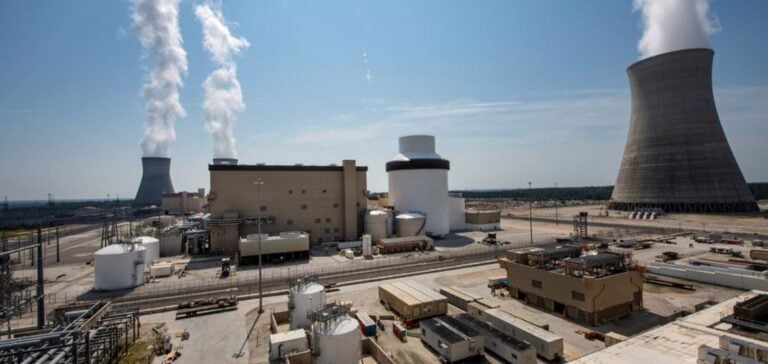U.S. Energy Secretary Jennifer Granholm has stressed the urgency of tripling the country’s nuclear capacity to meet energy and climate goals by 2050. The announcement was made at the inauguration of units 3 and 4 of the Vogtle power plant in Georgia, illustrating the challenges and successes of new-generation nuclear projects. The Vogtle AP1000 units, commissioned in July 2023 and April 2024, are the first American nuclear constructions in decades. Granholm stressed that these pioneering projects are essential but require public-private partnerships to be financially viable and strategically important for the country.
Expansion and Relaunch of Nuclear Facilities
Granholm suggested that the revival of recently closed nuclear power plants could play a key role in the rapid expansion of nuclear capacity. She mentioned that over 30 sites in the U.S. are already licensed for new reactor construction, which could reduce costs and delays associated with new projects. The Department of Energy’s Loan Programs Office (LPO) recently granted a $1.52 billion loan guarantee to Holtec Palisades to relaunch the Palisades power plant. Granholm also expressed optimism about the reopening of other closed nuclear power plants, stressing the importance of such initiatives in achieving the country’s energy goals.
Implications for the Technology and Energy Sector
Energy demand, driven by data centers and artificial intelligence technologies, requires investment in clean, reliable energy sources. Granholm encouraged technology companies to invest in small, modular reactors, enabling them to cut costs through bulk orders and ensure a stable energy supply.
“Technology companies committed to carbon neutrality need to work together to integrate nuclear power into their energy strategies,” said Granholm.
This collaboration could not only stabilize the energy grid, but also accelerate the transition to low-carbon energy sources.
Challenges and Opportunities for the Nuclear Sector
The completion of Vogtle units 3 and 4, operated by Southern Nuclear for Georgia Power and its partners, demonstrates the ability of the US nuclear industry to meet complex challenges. Chris Womack, CEO of Southern Company, stressed the need for ambitious projects to maintain competitiveness and innovation in the energy sector. Vogtle’s success serves as a model for other nuclear projects across the country, leveraging existing infrastructure and integrating new technologies to meet the growing demand for clean energy. This dynamic is crucial to achieving the United States’ climate objectives and strengthening national energy security.
The development prospects of the US nuclear sector offer a significant opportunity for investors and industrial players, with substantial economic and environmental benefits. Collaboration between the public and private sectors will be key to achieving these ambitions.






















